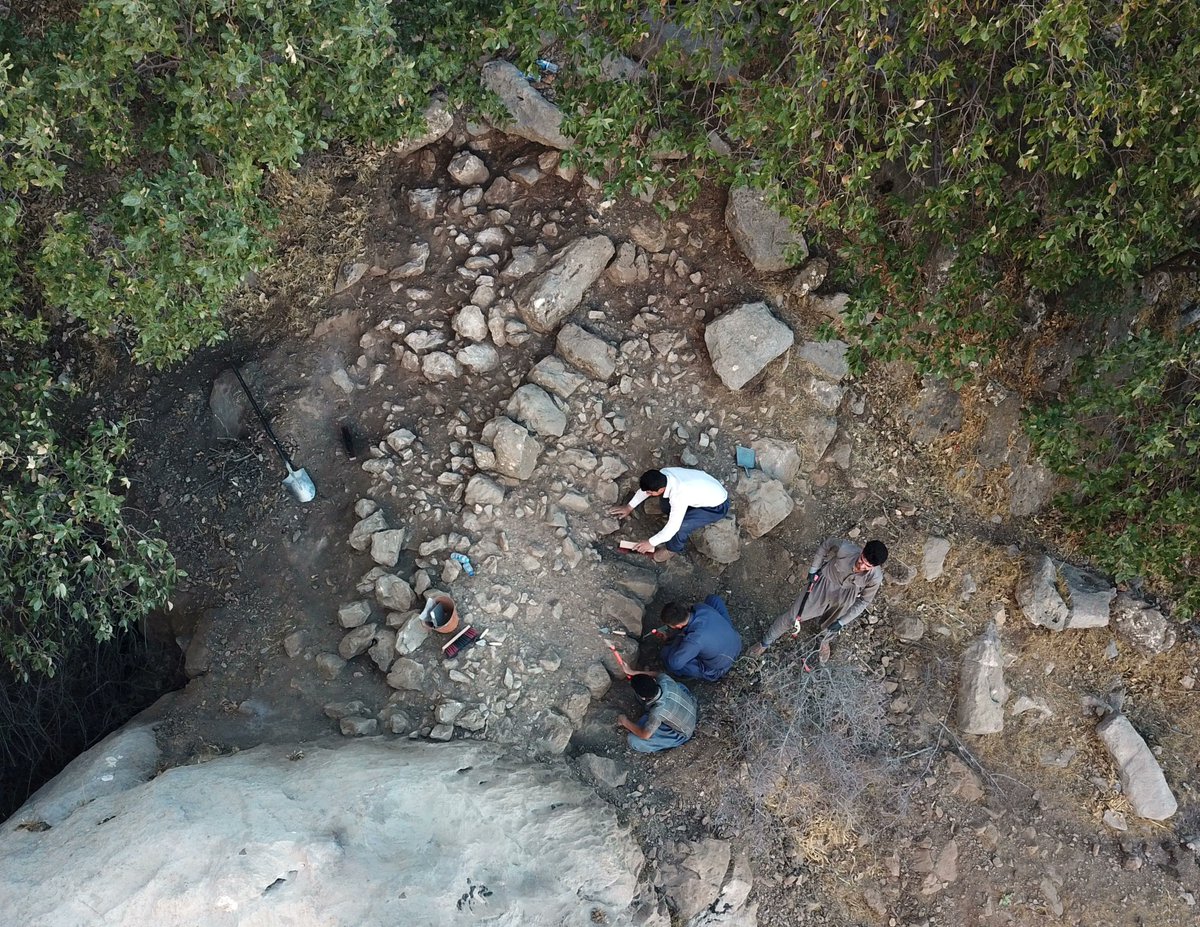
🆕: Researchers have identified the ingredients in chemistry formulae from an 2,300-year-old Chinese text, revealing ancient metallurgy was more complex than expected.
An #AntiquityThread (paper: buff.ly/3QgrdMP) 🧵1/11
An #AntiquityThread (paper: buff.ly/3QgrdMP) 🧵1/11

The Kaogong ji was written in China in the 1st millennium BC. It's the oldest known technical encyclopedia, detailing items from swords to instruments and how to make them - including formulae for mixing bronze. 2/11
📷: Bronze weapons from around the time of the Kaogong ji
📷: Bronze weapons from around the time of the Kaogong ji

“These recipies were used in the largest bronze industry in Eurasia during this period,” said Dr @RuiliangLiu from the @britishmuseum “Attempts to reconstruct these processes have been made for more than a hundred years, but have failed.” 3/11
Researchers had been unable to identify the two main ingredients: Jin (金) and Xi (锡). It was thought they were copper and tin, two key components of bronze, but recreating the recipes with them produced metal that did not match the composition of ancient Chinese artefacts. 4/11
Now, work by Dr Liu and Professor Pollard (@UniofOxford) may have finally identified Jin and Xi after studying the composition of contemporary Chinese coins. 5/11
📷: Knife coins, from ~400 BC, were some of those studied (© The Trustees of the British Museum / CC BY-NC-SA 4.0)
📷: Knife coins, from ~400 BC, were some of those studied (© The Trustees of the British Museum / CC BY-NC-SA 4.0)

It was thought that these were made by diluting copper with tin and lead but the analysis revealed the composition of the coins did not match this technique. Instead, it indicated the coins were made by mixing two pre-made metal alloys: a copper-tin-lead and copper-lead. 6/11
This shows that ancient Chinese bronze production involved the combination of alloys, rather than pure metals. This may also be what the Kaogong ji was describing and Jin and Xi are pre-mixed alloys. 7/11
📷: Depiction of a Chinese furnace from the later Tian Gong Kai Wu
📷: Depiction of a Chinese furnace from the later Tian Gong Kai Wu

“For the first time in more than 100 years of scholarship, we have produced a viable explanation of how to interpret the recipes for making bronze objects in early China given in the Kaogong ji,” said Professor Pollard. 8/11
This discovery also indicates ancient Chinese metallurgy was more complex than expected.
“It indicates an additional step – the production of pre-prepared alloys - in the manufacturing process of copper-alloy objects in early China,” said Dr Liu 9/11
“It indicates an additional step – the production of pre-prepared alloys - in the manufacturing process of copper-alloy objects in early China,” said Dr Liu 9/11
It also shows how science and analysis can help solve linguistic mysteries. The researchers hope further studies like this can continue to shed light on ancient texts. 10/11
Find out more in the original paper FREE:
The six recipes of Zhou: a new perspective on Jin (金) and Xi (锡) - A.M. Pollard & Ruiliang Liu
doi.org/10.15184/aqy.2…
11/11
🧵
The six recipes of Zhou: a new perspective on Jin (金) and Xi (锡) - A.M. Pollard & Ruiliang Liu
doi.org/10.15184/aqy.2…
11/11
🧵

• • •
Missing some Tweet in this thread? You can try to
force a refresh





















